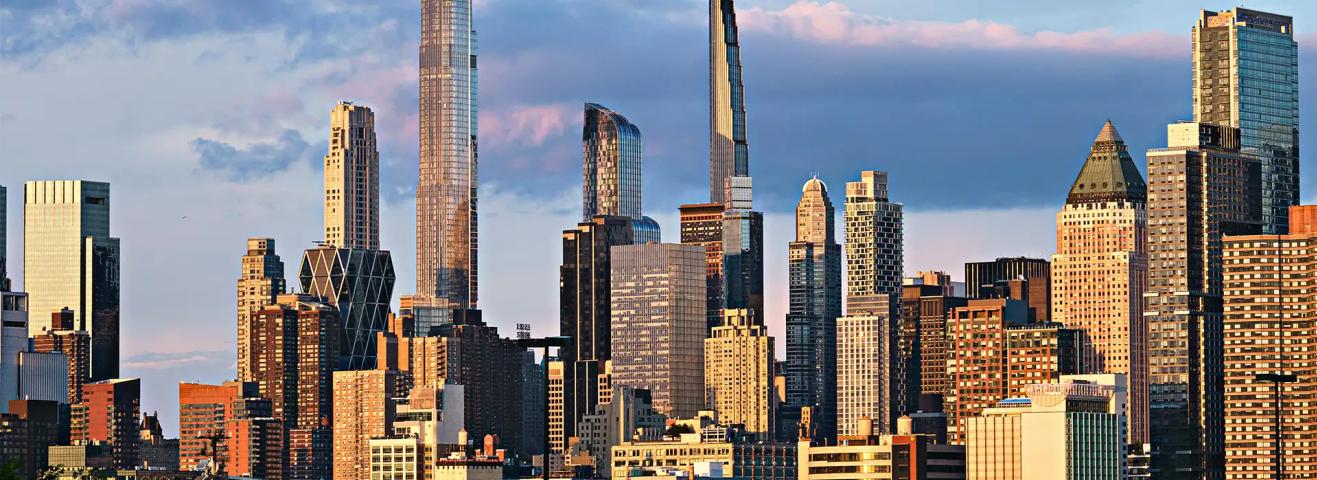The CCIE Enterprise Infrastructure certification is one of the most prestigious credentials in the networking industry, showcasing expertise in designing, managing, and securing complex enterprise networks. A key part of mastering this certification involves hands-on labs and configurations that reflect real-world networking challenges. In this guide, we explore the top 10 labs that every aspiring CCIE Enterprise Infrastructure candidate should focus on to build the practical skills needed for success.
1. OSPF Configuration and Troubleshooting
Objective: Set up and troubleshoot an OSPF network across multiple areas.
Details: Configuring OSPF (Open Shortest Path First) is a cornerstone of the CCIE Enterprise Infrastructure. This lab covers the configuration of OSPF across areas, adjusting metrics for optimal path selection, and troubleshooting common issues like network flapping and router ID conflicts.
2. Advanced BGP (Border Gateway Protocol) Lab
Objective: Implement and manage BGP to support external network connectivity.
Details: In this lab, you'll focus on BGP path selection, load balancing, and route reflection in large enterprise environments. It’s crucial to understand concepts like peer relationships, BGP attributes, and route policies. Real-world applications include managing internet and remote site connectivity.
3. EIGRP (Enhanced Interior Gateway Routing Protocol) Implementation
Objective: Establish robust internal routing with EIGRP.
Details: Known for its fast convergence and scalability, EIGRP is widely used in enterprise networks. This lab involves configuring EIGRP, tuning metrics, and working with summarization and filtering techniques to optimize internal routing performance.
4. IP Multicast Routing Configuration
Objective: Enable multicast traffic for efficient content distribution.
Details: Many enterprise environments require multicast routing for applications like video streaming and stock market data feeds. This lab guides you through configuring multicast routing, working with protocols such as PIM-SM (Protocol Independent Multicast Sparse Mode), and troubleshooting multicast issues.
5. VLAN and Inter-VLAN Routing
Objective: Create segmented network environments with VLANs.
Details: VLAN configuration is foundational for segmenting network traffic within an organization. This lab explores creating VLANs, assigning ports, and implementing inter-VLAN routing to allow communication between different VLANs. Such setups are essential for securing sensitive data and optimizing bandwidth.
6. Network Security with Access Control Lists (ACLs)
Objective: Secure the network by restricting unauthorized access.
Details: ACLs play a critical role in protecting network resources. This lab involves creating both standard and extended ACLs, applying them to different network interfaces, and verifying their effectiveness in filtering traffic. Practical scenarios include securing specific departments or applications.
7. GRE Tunnel and IPsec VPN Implementation
Objective: Secure remote network access with GRE tunnels and IPsec.
Details: With the rise of remote work, secure VPN connections are essential. This lab covers the configuration of GRE (Generic Routing Encapsulation) tunnels combined with IPsec for encrypted communication. Practical use cases include enabling secure branch-to-branch connectivity.
8. Network Automation with Cisco DNA Center
Objective: Automate network management tasks using Cisco DNA Center.
Details: In today’s fast-evolving networks, automation is a necessity. This lab introduces Cisco DNA Center, focusing on deploying templates, configuring network devices, and setting up policies for intent-based networking. Network automation skills are becoming increasingly important for CCIE candidates.
9. MPLS (Multiprotocol Label Switching) Fundamentals
Objective: Build scalable networks using MPLS technology.
Details: MPLS is widely used for high-performance traffic routing and management. This lab involves configuring MPLS labels, understanding LDP (Label Distribution Protocol), and troubleshooting MPLS forwarding issues. Applications include connecting multiple branches securely within an enterprise network.
10. IPv6 Transition and Dual-Stack Implementation
Objective: Prepare for IPv6 adoption and manage dual-stack environments.
Details: With the depletion of IPv4 addresses, IPv6 is becoming essential. This lab guides you through configuring IPv6, setting up dual-stack environments, and troubleshooting common IPv6 issues. Enterprise networks increasingly need to support both protocols for seamless global connectivity.
Key Benefits of Practicing These Labs
Working on these labs prepares CCIE Enterprise Infrastructure candidates to handle real-world networking challenges with confidence. Here are some reasons these labs are invaluable:
Hands-on Experience: Labs offer practical exposure, reinforcing theoretical knowledge with actionable skills.
Problem Solving: Troubleshooting exercises in labs sharpen analytical skills, essential for identifying and resolving network issues efficiently.
Industry Relevance: Configurations reflect current industry standards, helping network engineers stay updated with evolving practices.
Enhanced Employability: Practical skills in complex setups, such as BGP and MPLS, are highly sought after in enterprise networks, making candidates more competitive in the job market.
Final Thoughts on CCIE Enterprise Infrastructure Training
The journey toward mastering the CCIE Enterprise Infrastructure certification requires dedication, hands-on experience, and an understanding of real-world networking challenges. These top 10 labs are not just a test of technical skill but a reflection of the scenarios encountered by network engineers daily. For those committed to excelling in the field, enrolling in a CCIE Enterprise Infrastructure training program can provide structured guidance, expert mentorship, and access to advanced lab environments that mirror real enterprise networks.
Pursuing these labs and configurations strengthens foundational skills and prepares candidates for dynamic, high-stakes networking environments. These practical experiences make certified professionals invaluable assets to organizations, driving innovation, efficiency, and security across enterprise infrastructures.






